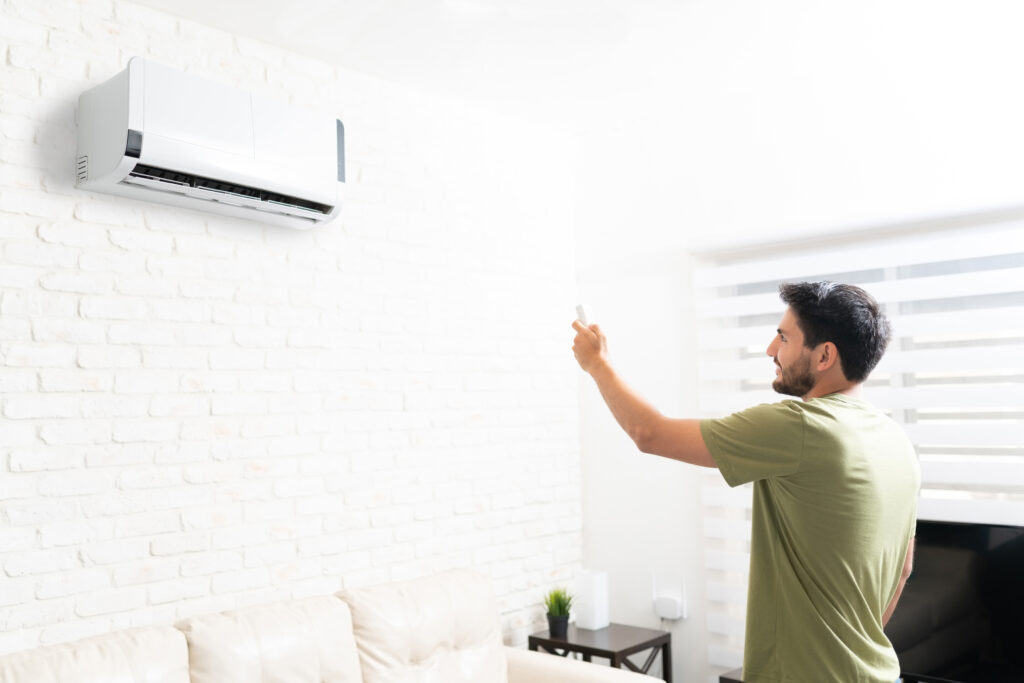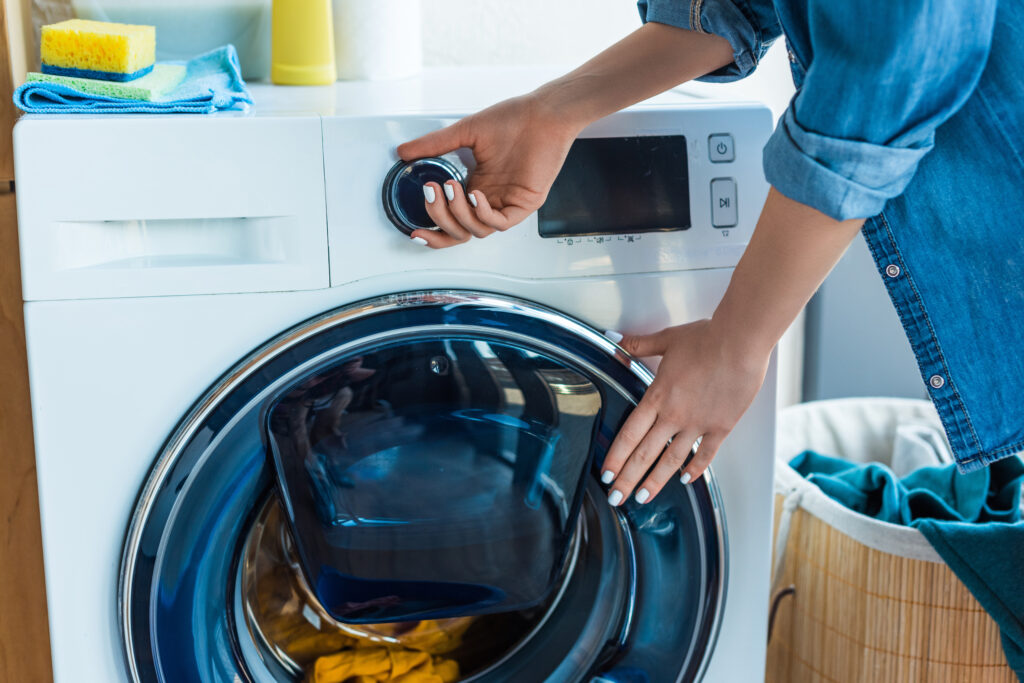Understanding Ductless Mini-Split Heating and Cooling Systems: A Smart Option for Modern Homes
As energy efficiency and flexibility edge higher on the list of homeowner priorities, heating and cooling solutions have evolved in step. Ductless mini-split systems are increasingly finding their place in residences across the country, offering a streamlined alternative to traditional HVAC setups. Whether you’re renovating an older home, managing temperature fluctuations in specific rooms, or simply tired of inefficient window units, understanding this technology can broaden your options. In this guide, we’ll break down what ductless mini-split systems are, how they work, their advantages and disadvantages, and how they fit into the broader picture of home systems and warranties.
What Is a Ductless Mini-Split System?
A ductless mini-split system is a type of heating and cooling solution that operates without the need for traditional ductwork. Instead of funneling air through a centralized air handler and a network of ducts, each unit conditions a specific space directly. The system includes two primary components: an outdoor compressor or condenser and one or more indoor air-handling units, which are usually mounted high on a wall or ceiling. These components are connected by a conduit that houses the power cable, refrigerant tubing, suction tubing, and a condensate drain. Taken together, they create a closed-loop system capable of both heating and cooling indoor spaces on demand.
How Does a Ductless System Actually Work?
The operation of a ductless mini-split system is grounded in the same refrigeration principles as traditional air conditioners but condensed into a decentralized model. When cooling, the system absorbs indoor heat via the indoor air handler and expels it outdoors through the compressor. When heating, the cycle reverses, allowing the unit to extract heat from the outside air—yes, even in chilly temperatures—and push it indoors. This heat pump functionality is part of what makes ductless systems notably energy-efficient. Each indoor unit operates independently, which means you can set personalized temperatures per room or zone without impacting the rest of the home. This zoning flexibility not only improves comfort but also drives cost savings by limiting energy waste.
Key Benefits of Going Ductless
One of the major advantages of ductless mini-split systems is their efficiency. Since conditioned air isn’t forced through ducts, there is minimal opportunity for energy loss—a common issue in traditional HVAC systems, where up to 30% of energy can be lost due to leaks or poor insulation in duct networks. Ductless systems are also easier to install, especially in homes without existing ducts. Renovations, older homes, and room additions are ideal candidates. Additionally, the independent operation of each unit supports zoned climate control, so users can target heating or cooling based on occupancy and usage. The compact size and sleek design of the indoor units add to the appeal, particularly in spaces where traditional systems would be disruptive or visually intrusive.
Common Drawbacks to Be Aware Of
Despite the many upsides, ductless systems are not without their complications. Upfront installation costs can be higher than replacing a standard forced-air system, especially when multiple indoor units are involved. While this cost can be mitigated over time through energy savings, it’s still a consideration. Some homeowners also struggle with the visibility of the units; unlike central air, which tucks vents neatly into ceilings and floors, ductless units are mounted visibly on walls or ceilings, which doesn’t suit everyone’s aesthetic preferences. Additionally, maintenance is key—filters need to be cleaned regularly to maintain performance, and annual professional service is advised. When neglected, performance may degrade more quickly than in centralized systems.
Situations Where Ductless Systems Make the Most Sense
Not all homes are created equal, and not all heating or cooling needs are one-size-fits-all. Ductless systems shine in very specific contexts. Historic homes where adding ductwork would compromise architectural integrity, new room additions that would be costly to connect to an existing HVAC system, and homes with significant interior zoning requirements are all ideal candidates. Home offices, guest suites, attics, and garages are common spaces where homeowners install ductless units due to the ease of customization and energy-efficient control. Even in new constructions, many homeowners are opting for ductless as a primary system due to the promise of long-term efficiency and precision comfort control.
How Home Warranties Work with Ductless Systems
A common question many homeowners have is whether ductless mini-split systems are covered by a home warranty. The answer depends on the provider and the type of coverage selected. Typically, systems that were functioning properly at the start of the warranty term but fail due to normal wear and tear are eligible for repair or replacement. Given the complexity and potential repair cost of mini-split systems—especially their digital components and the dual nature of heating and cooling—having a home warranty in place offers not only financial protection but peace of mind. It’s important to confirm with your warranty provider that your ductless system is covered and to understand the conditions for service, such as required maintenance records or excluded damages.
Protecting Your Investment with Armadillo
If a ductless mini-split aligns with your home comfort goals, take the extra step to protect that investment with a reliable home warranty from Armadillo. Our coverage is designed to support the unique needs of modern home systems, including ductless heating and cooling. Armadillo plans take into account the importance of maintaining your equipment and the frustrations that unexpected repairs can bring. With Armadillo, you’re not just checking a box—you’re making a smart choice to keep your home running smoothly and efficiently. To learn more about how Armadillo can safeguard your ductless system and other critical home components, visit our homepage. Ready to customize your coverage? You can start building your plan now at our plan builder.


























